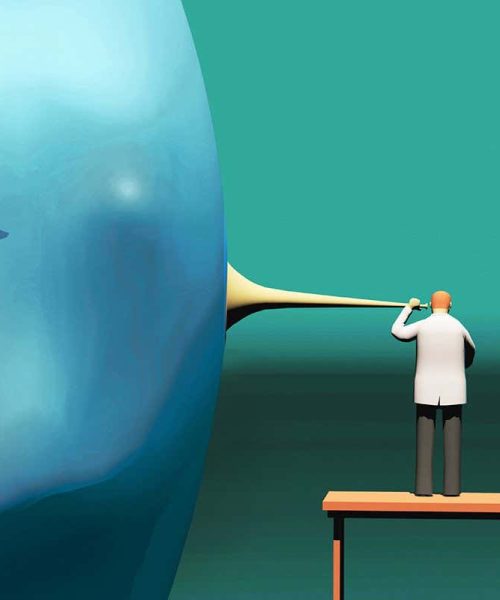
The Lake Pontchartrain Causeway, the worlds longest bridge at just under 24 miles long, near New Orleans, Louisiana and shot from an altitude of about 1000 feet during a helicopter photo flight.
Art Wager/Getty Images
IN 1981, Kent Cochrane was in a motorcycle crash that left him with an unusual brain injury, one that transformed his perception of time. Later, he was visited by psychologists. “What will you be doing tomorrow?” one asked. “I don’t know,” Cochrane replied. “Do you remember the question?” the psychologist said. “About what I’ll be doing tomorrow?” “Yes. How would you describe your state of mind when you think about it?” Cochrane paused. “Blank, I guess.”
The psychologists realised that Cochrane couldn’t form a mental picture of any time outside his present. When asked how that felt, he described it as “like swimming in the middle of a lake. There’s nothing there to hold you up or do anything with.”
Cochrane had lost the faculty of mental time travel: the ability to transport the mind to the past or future. We are lucky to have this talent. It means we can remember our best experiences and make detailed plans for tomorrow. It may even have supercharged humanity’s evolutionary success. Yet it is an imperfect skill. We can still get stuck in the present, distracted by the near-term. So why do we struggle to take a long-term perspective?
For the past five years, I have been trying to answer this question while researching a book called The Long View. I argue that societies are in danger …





